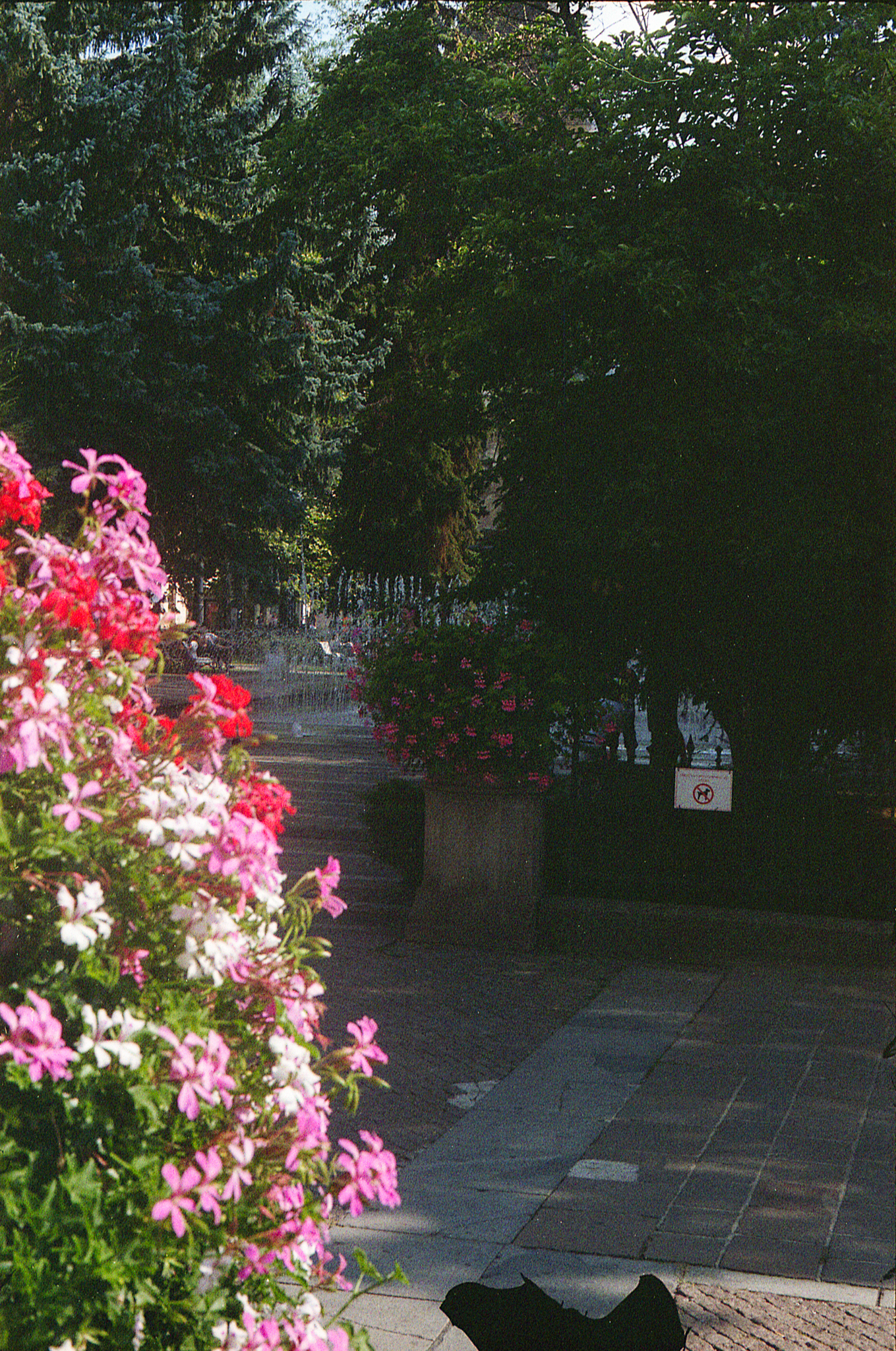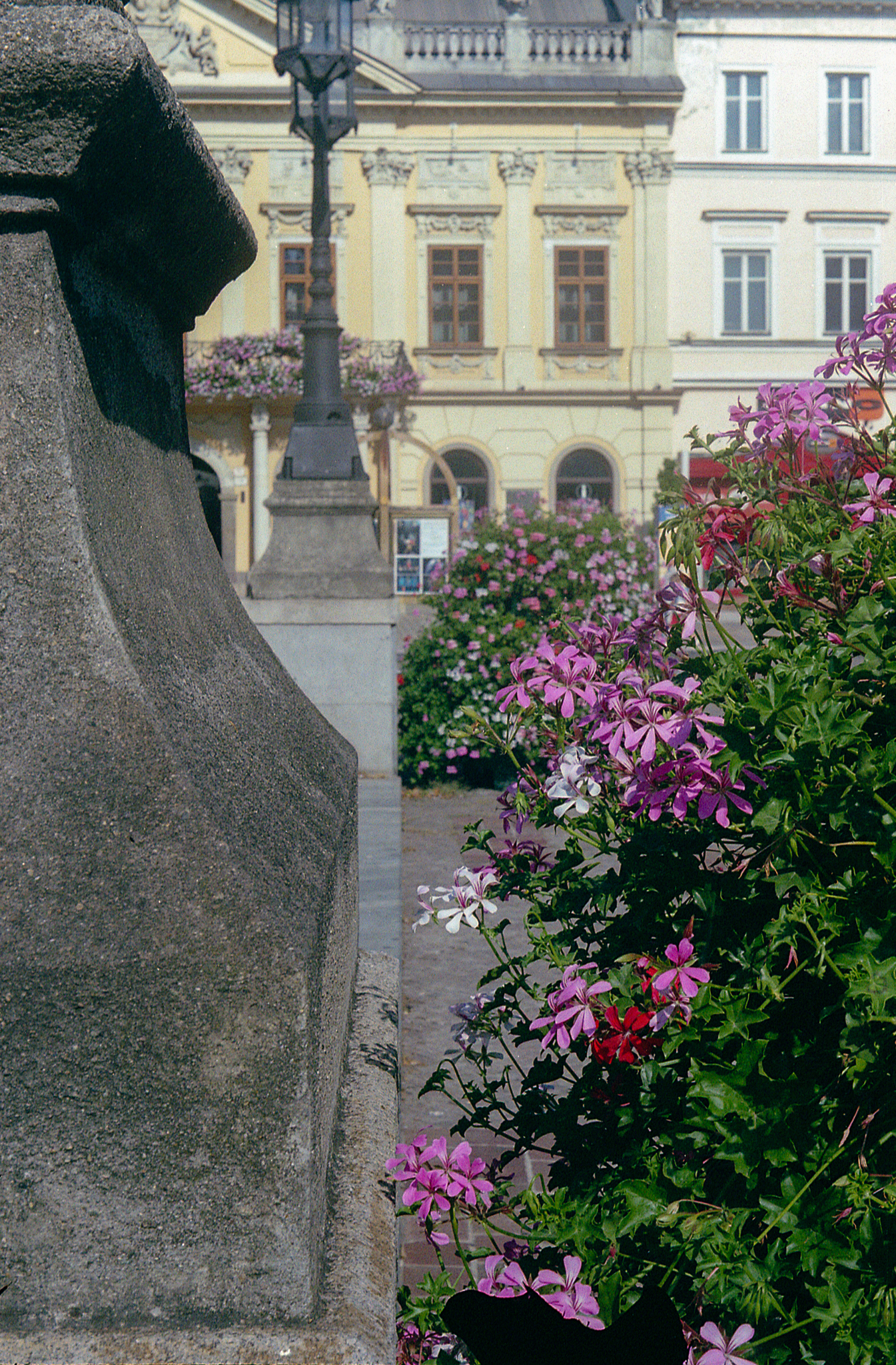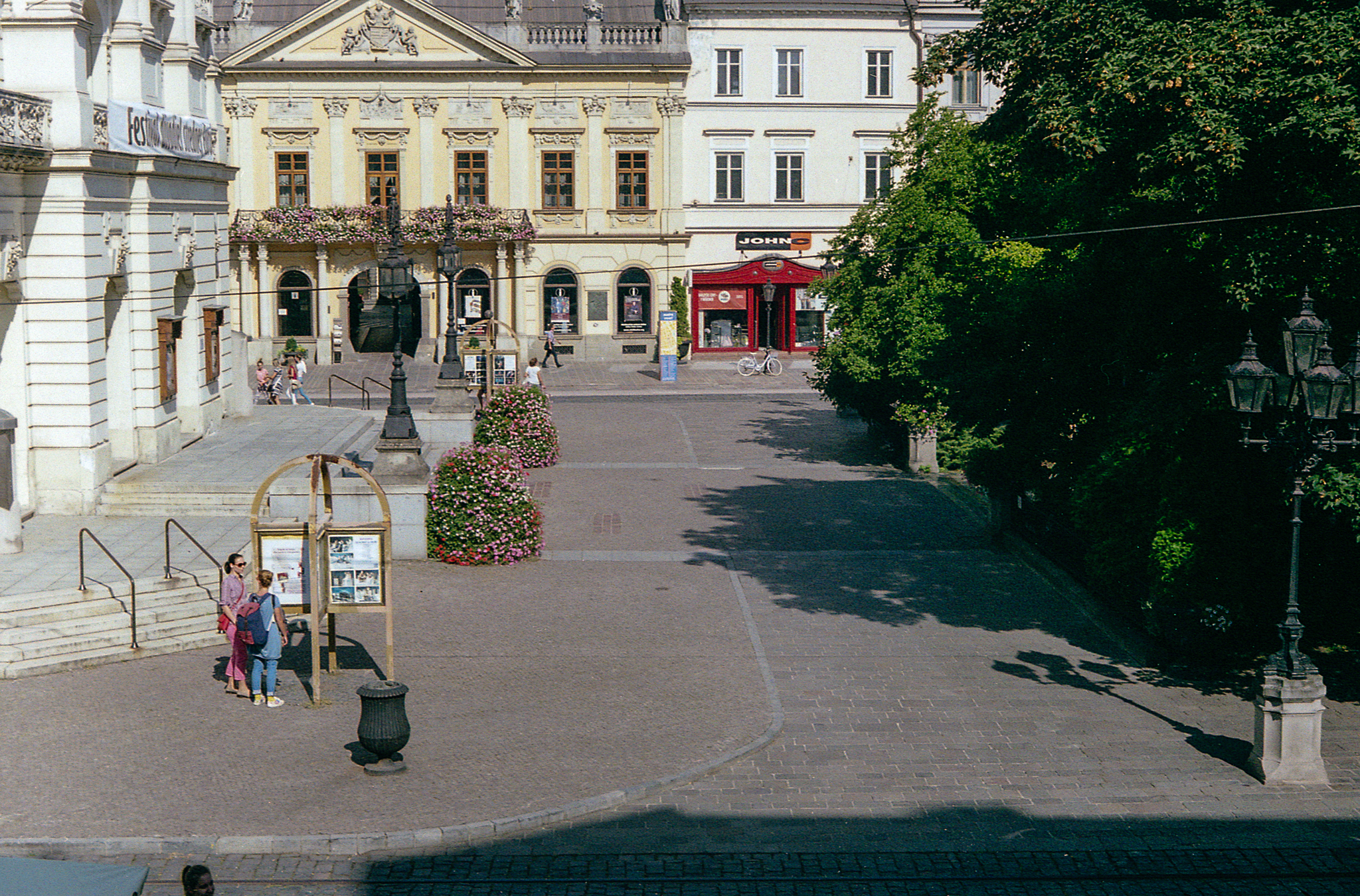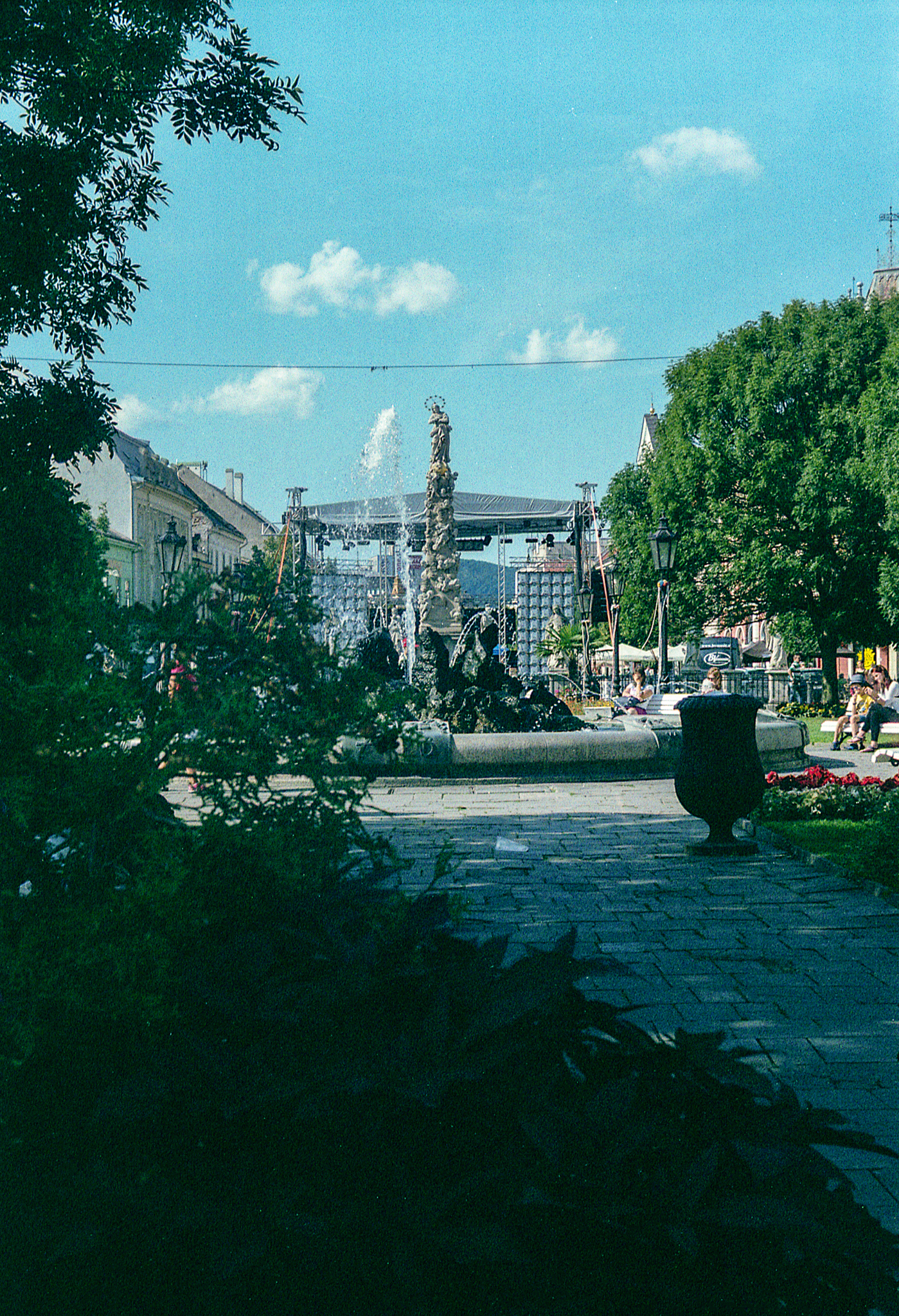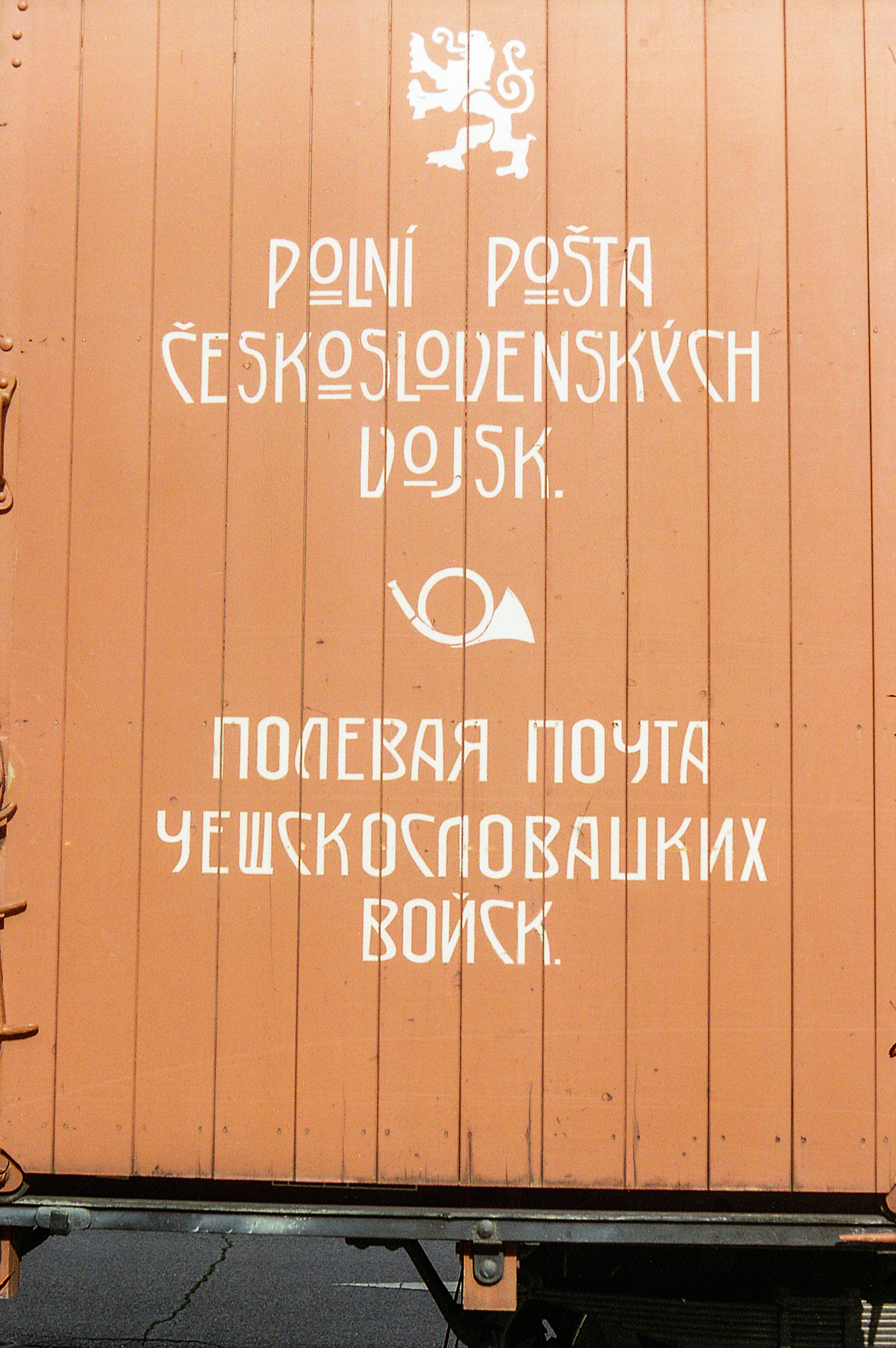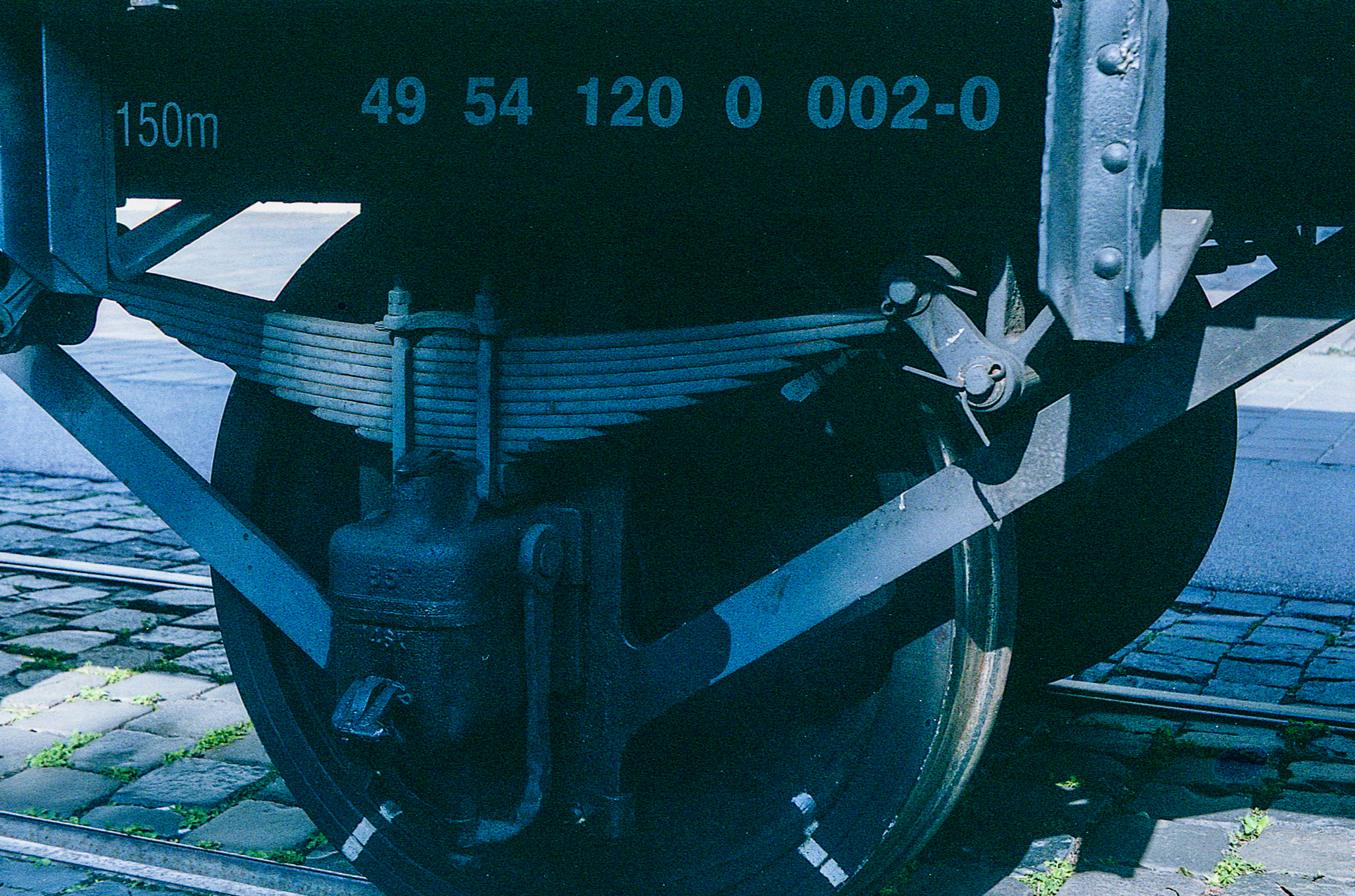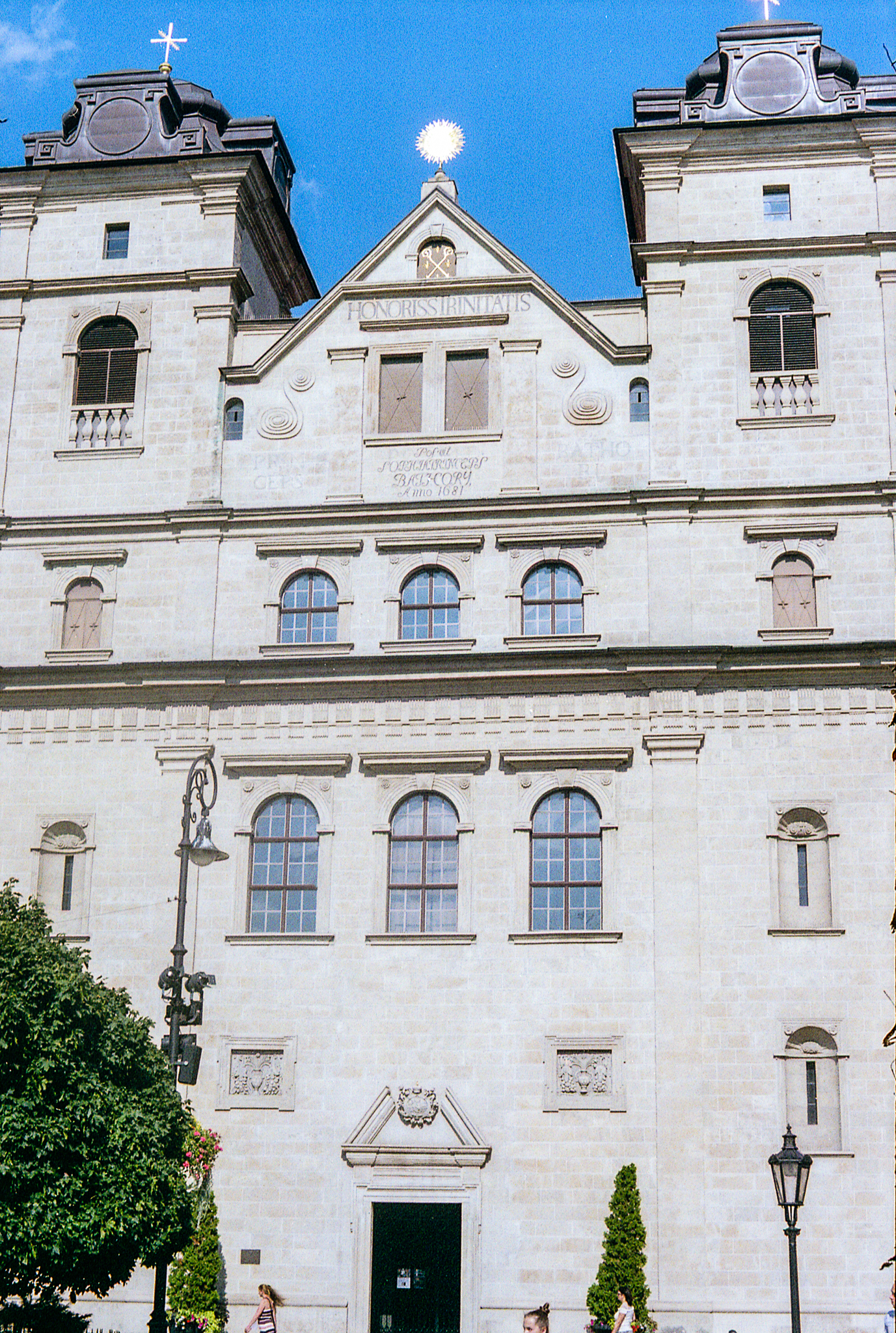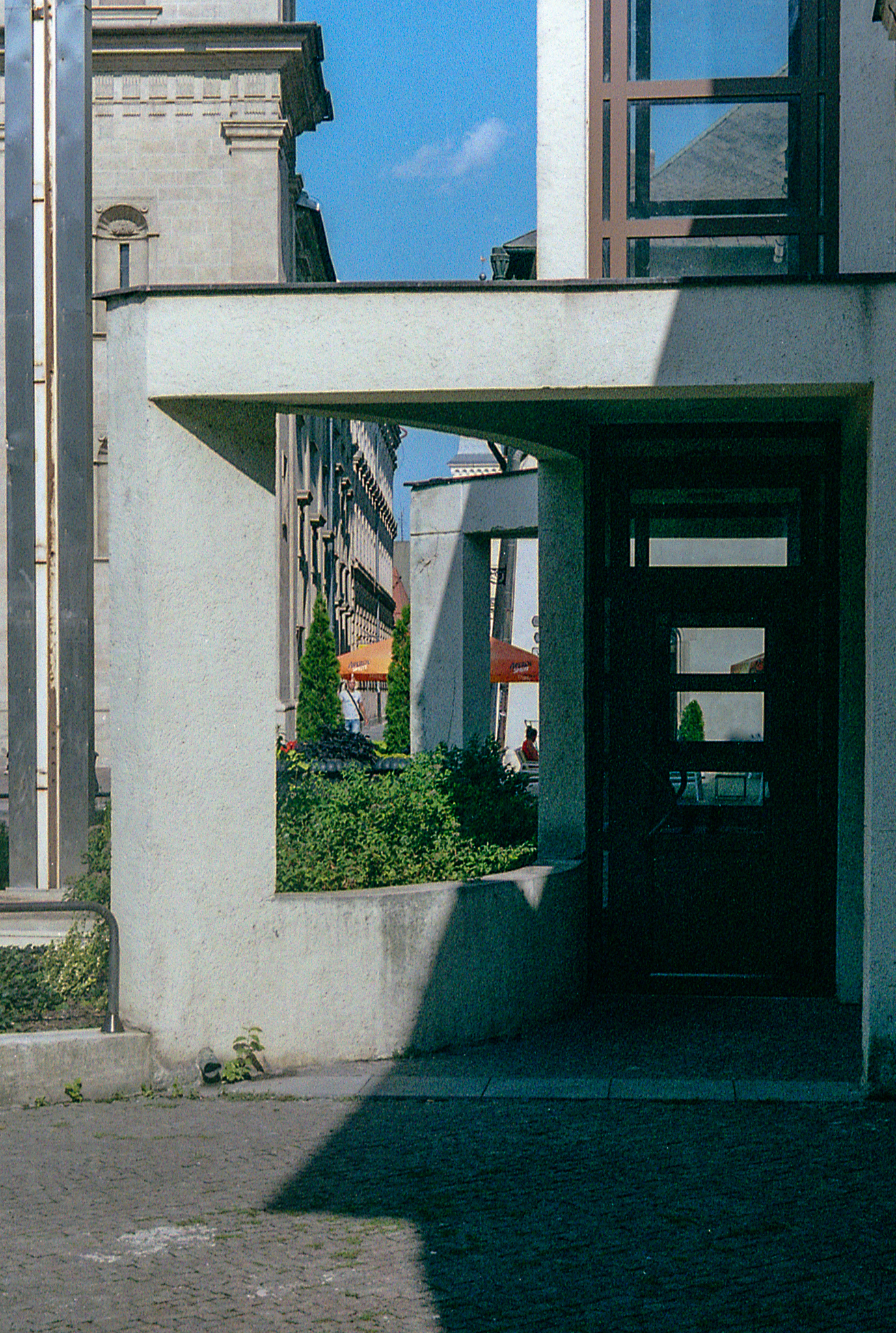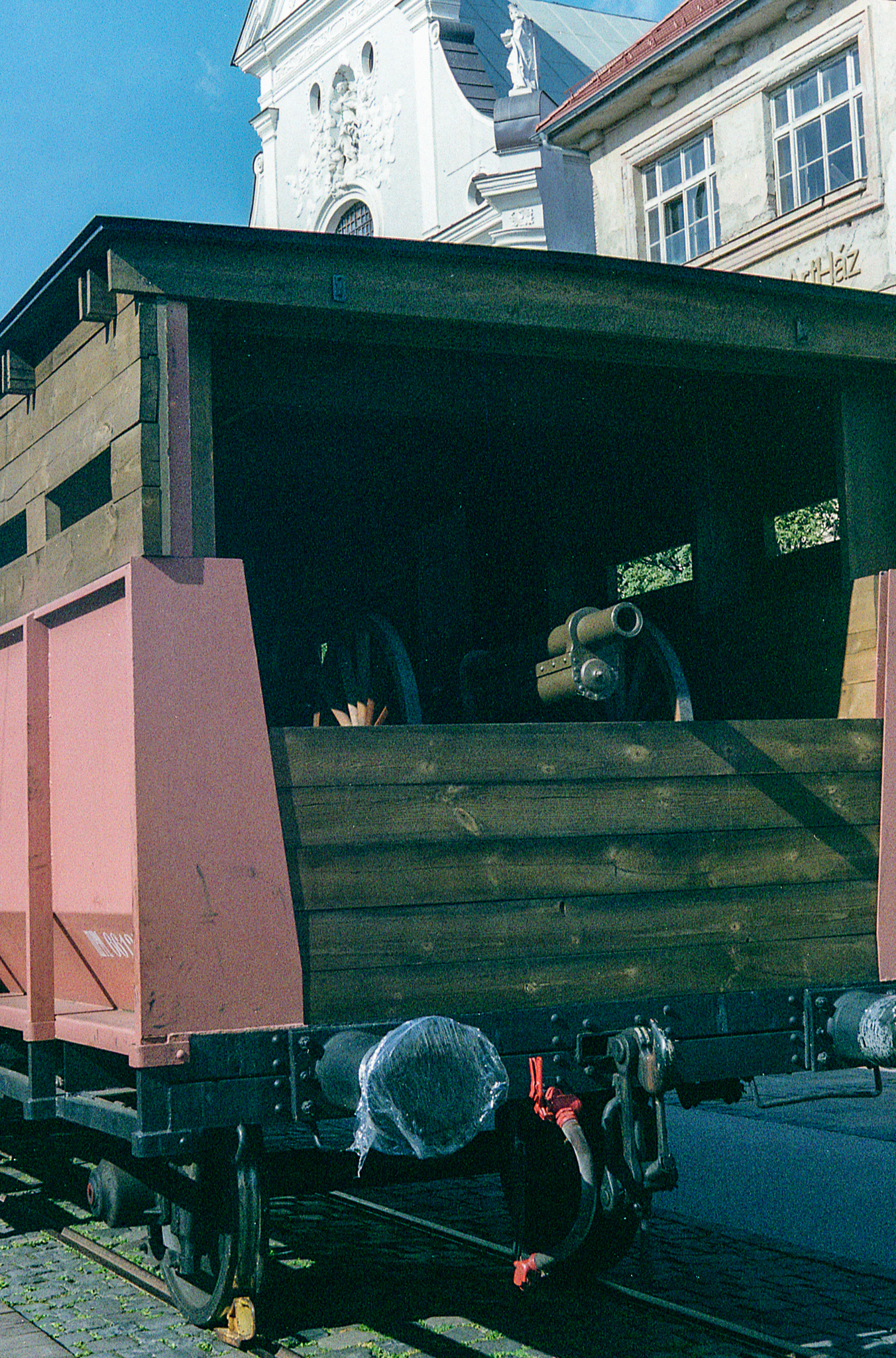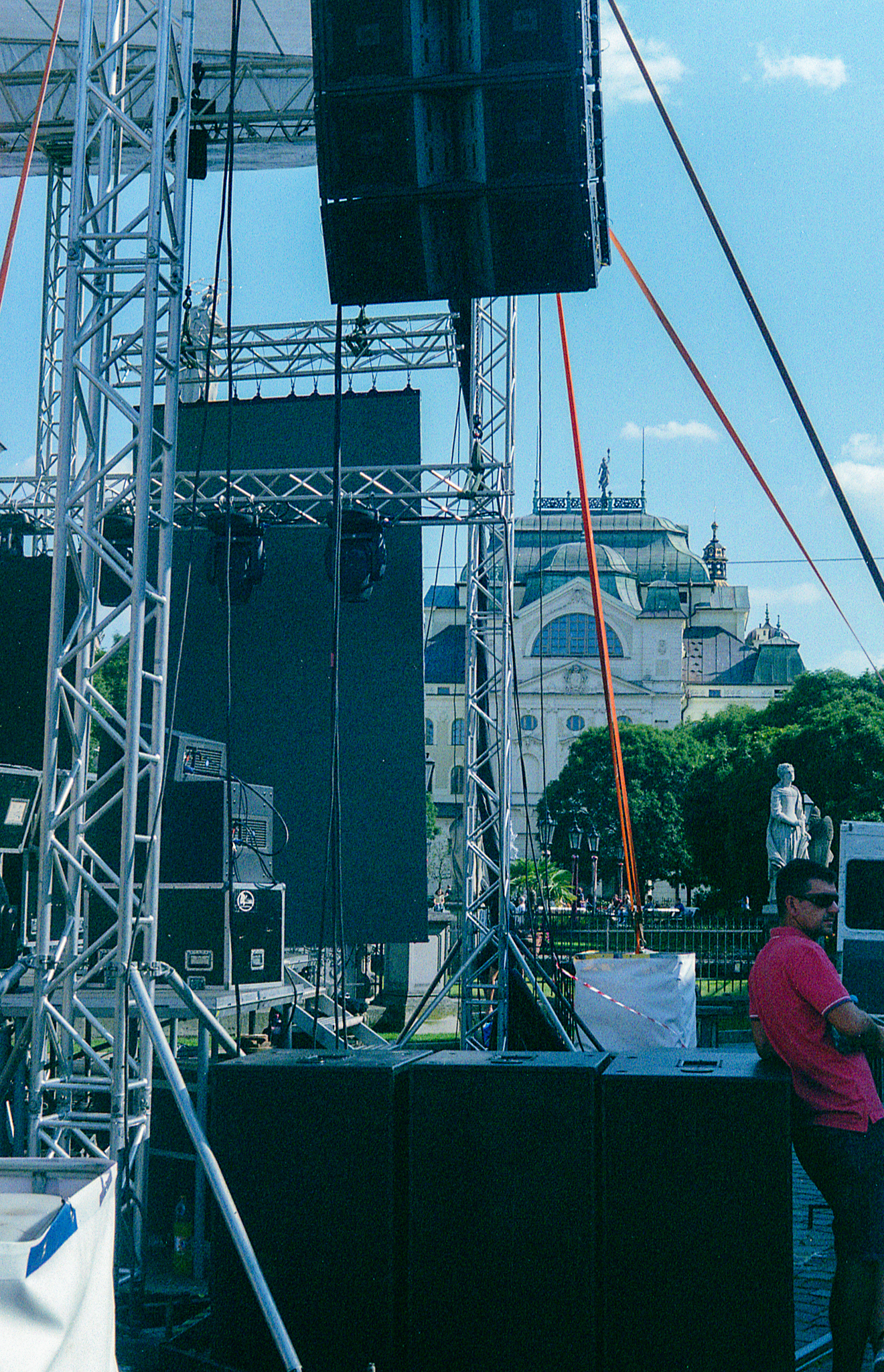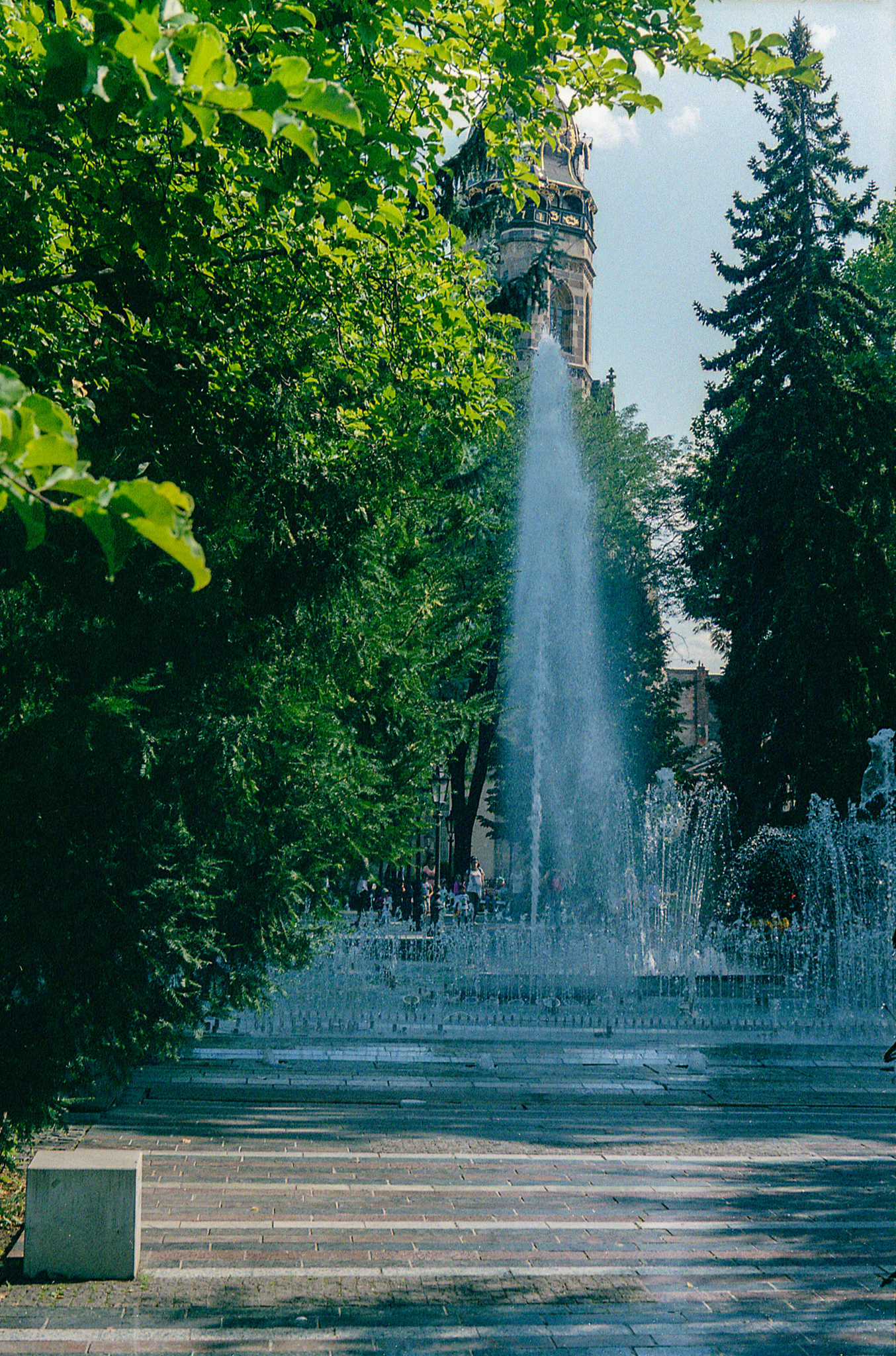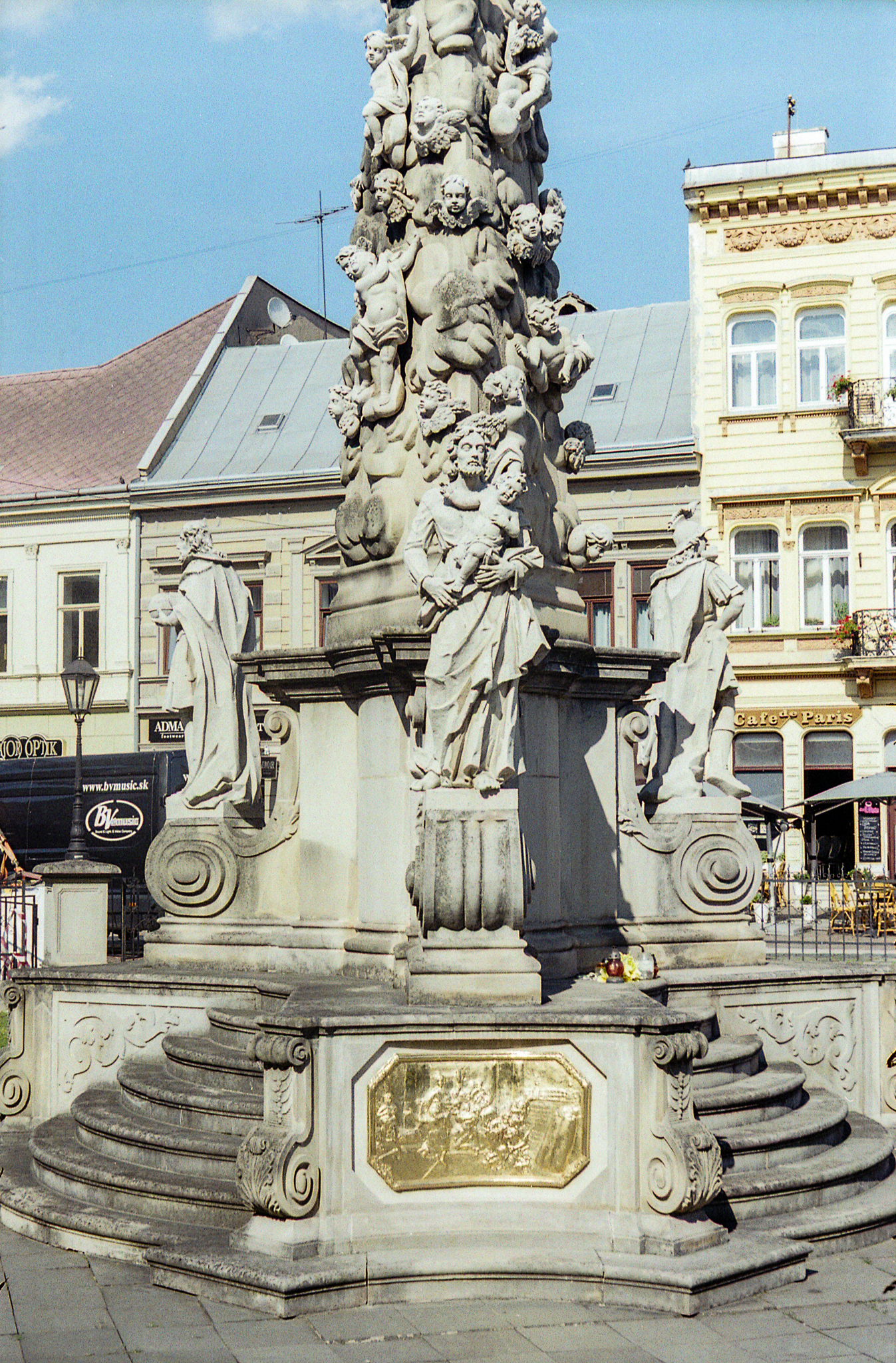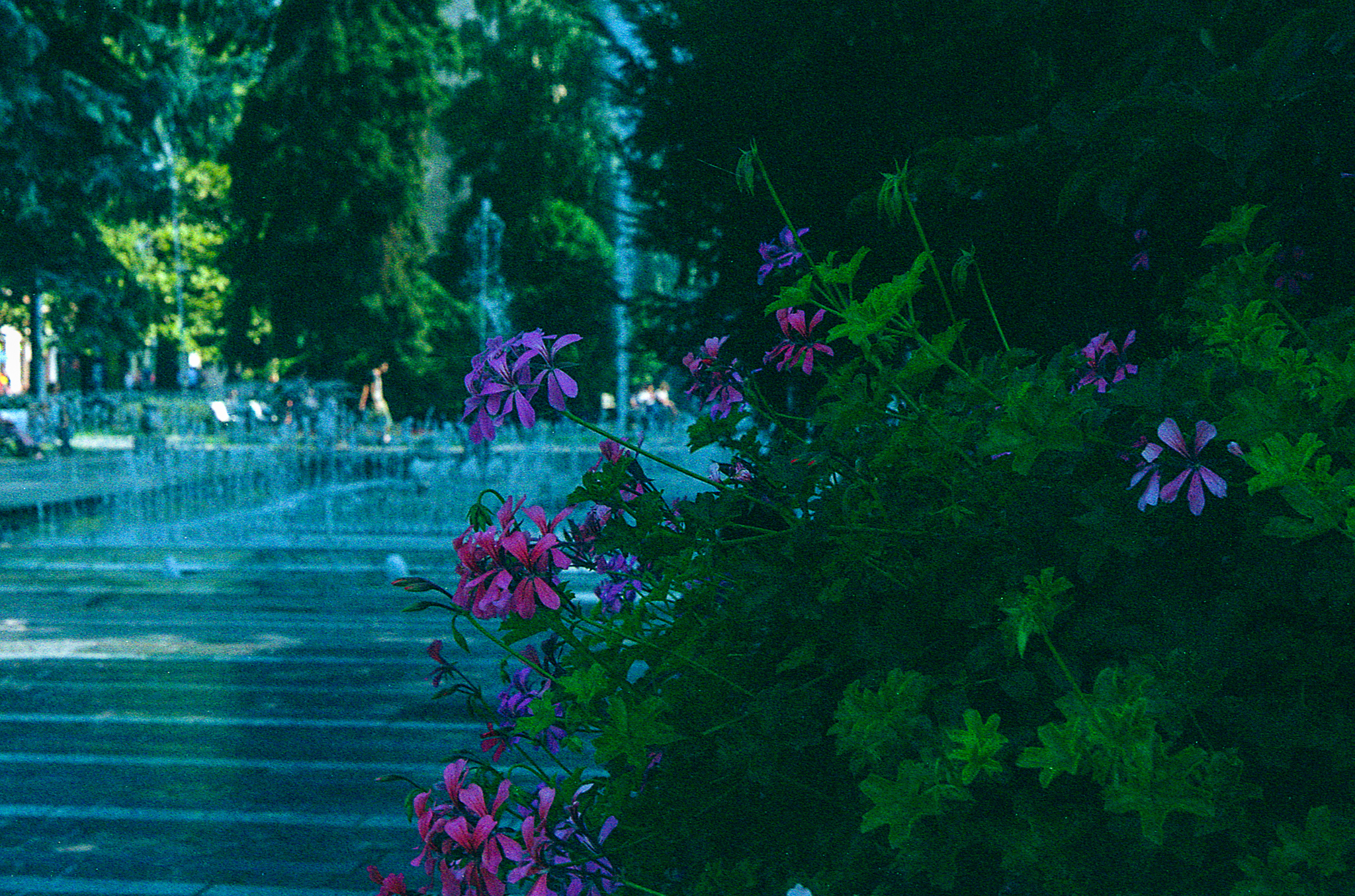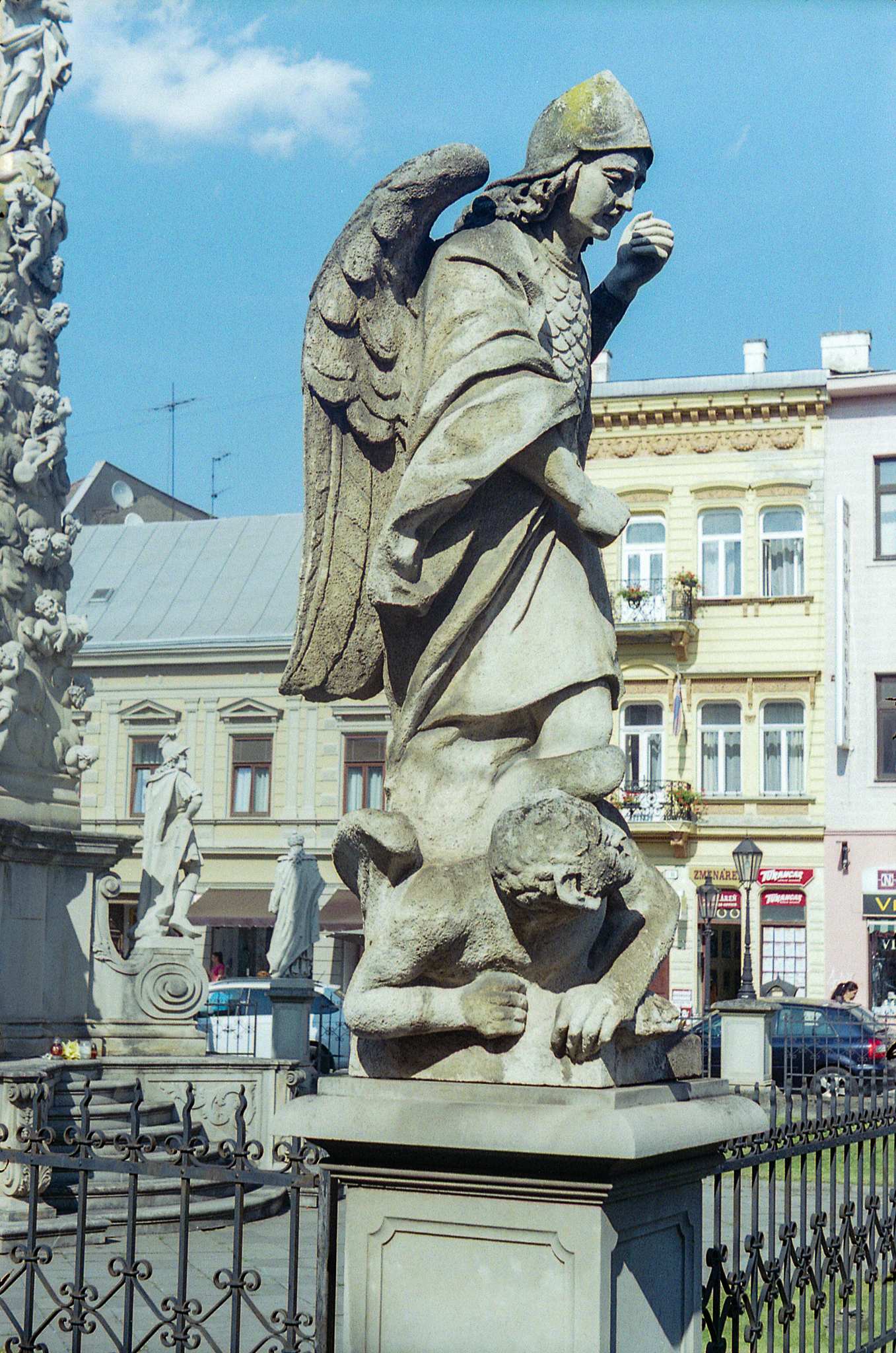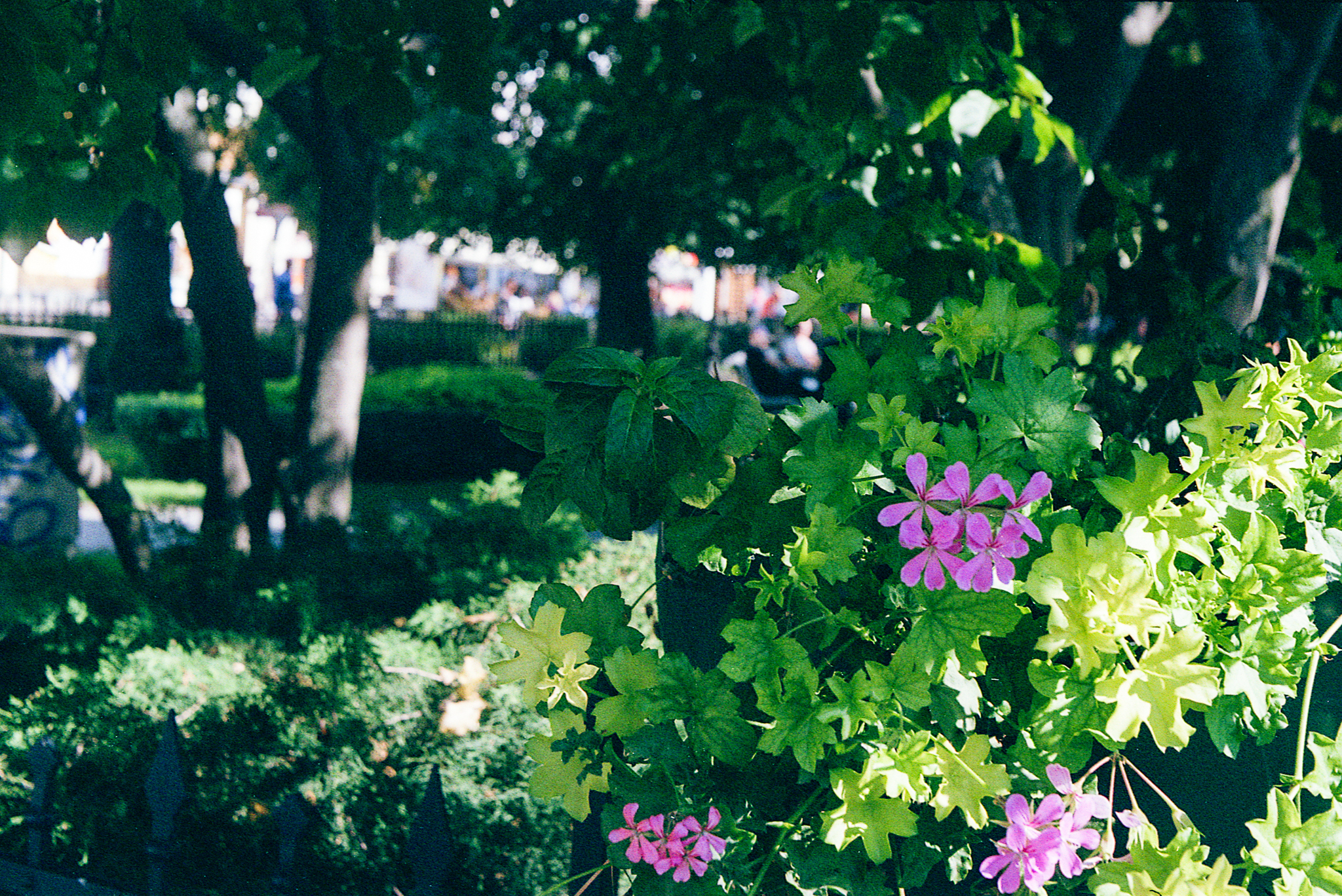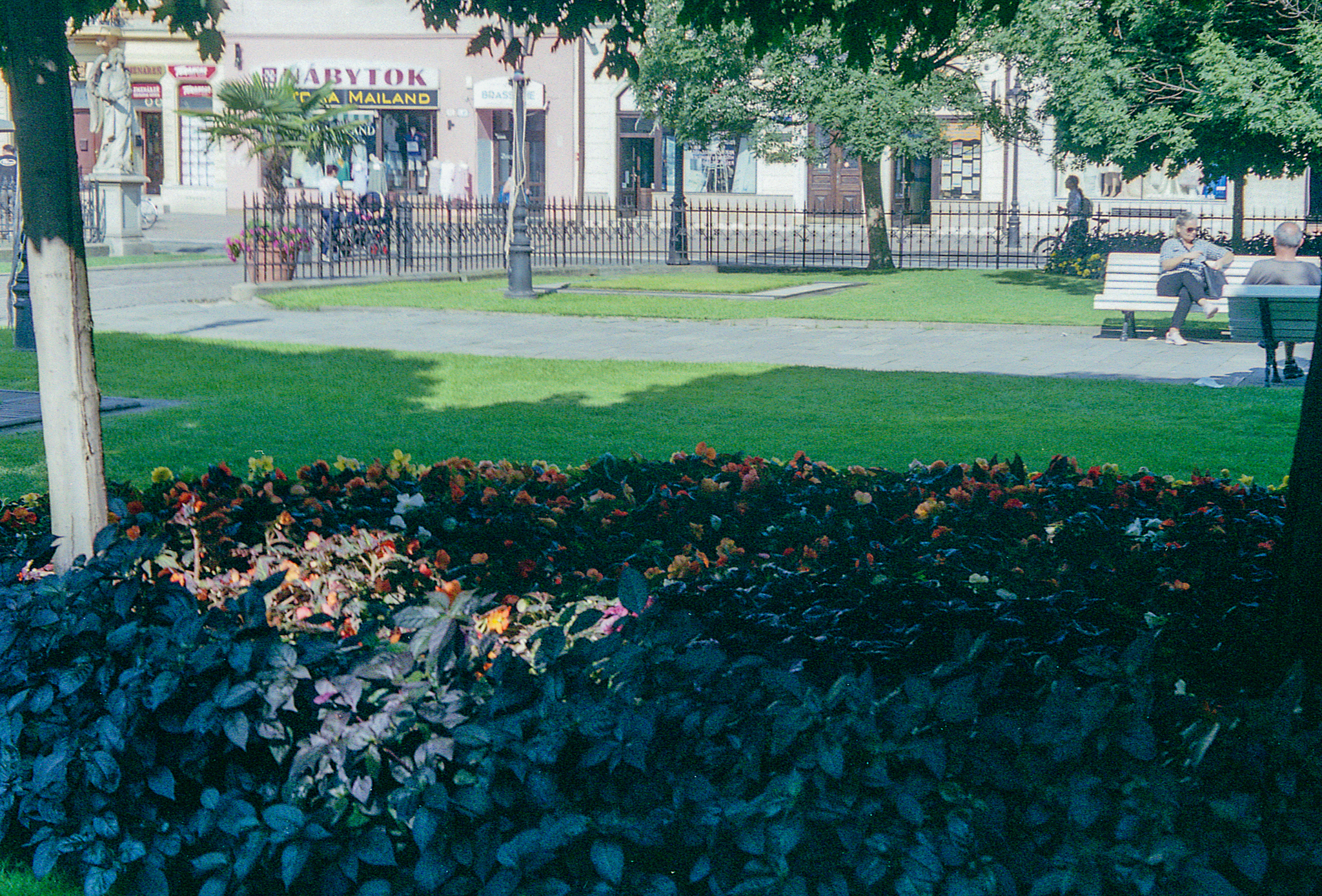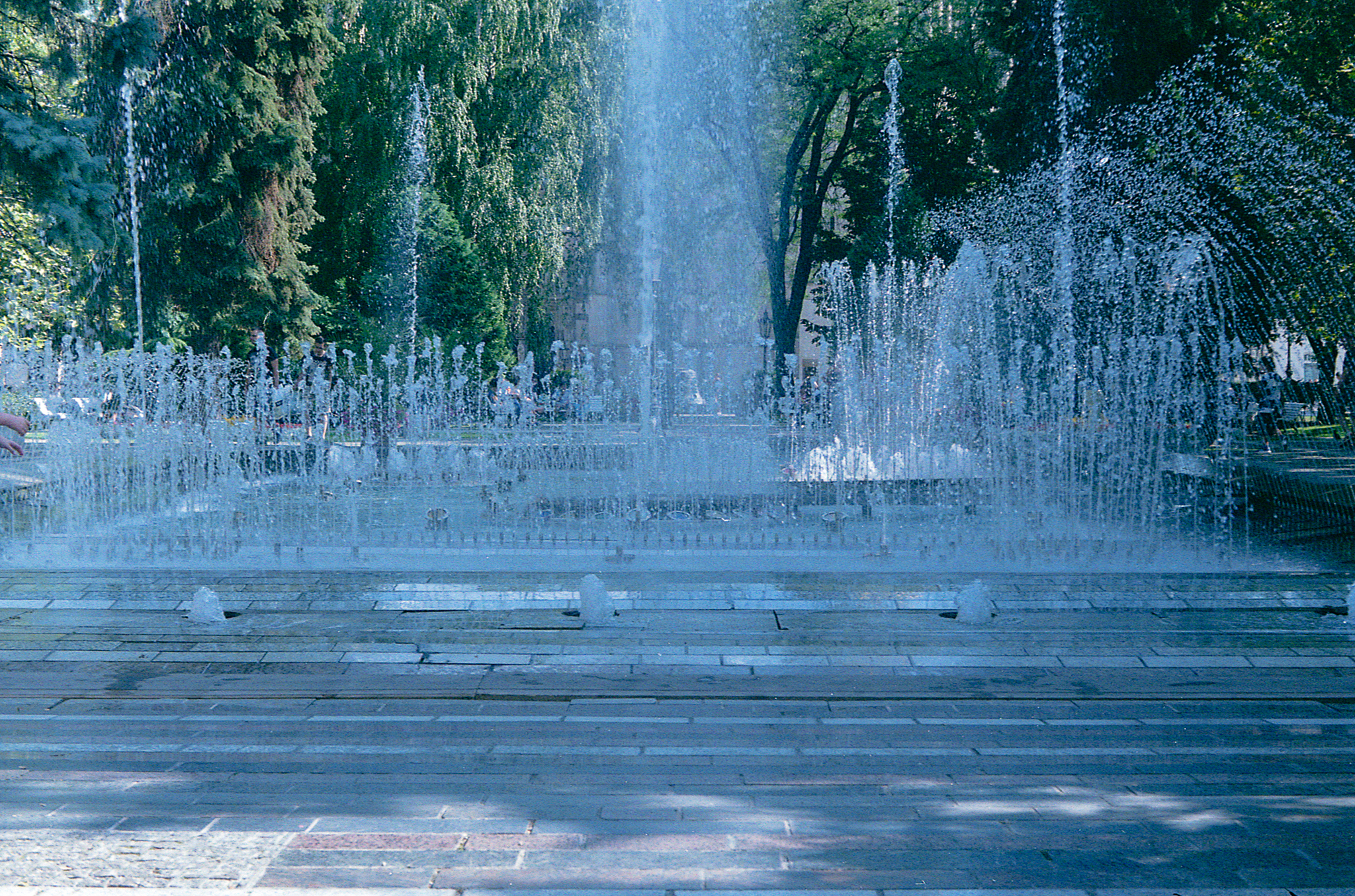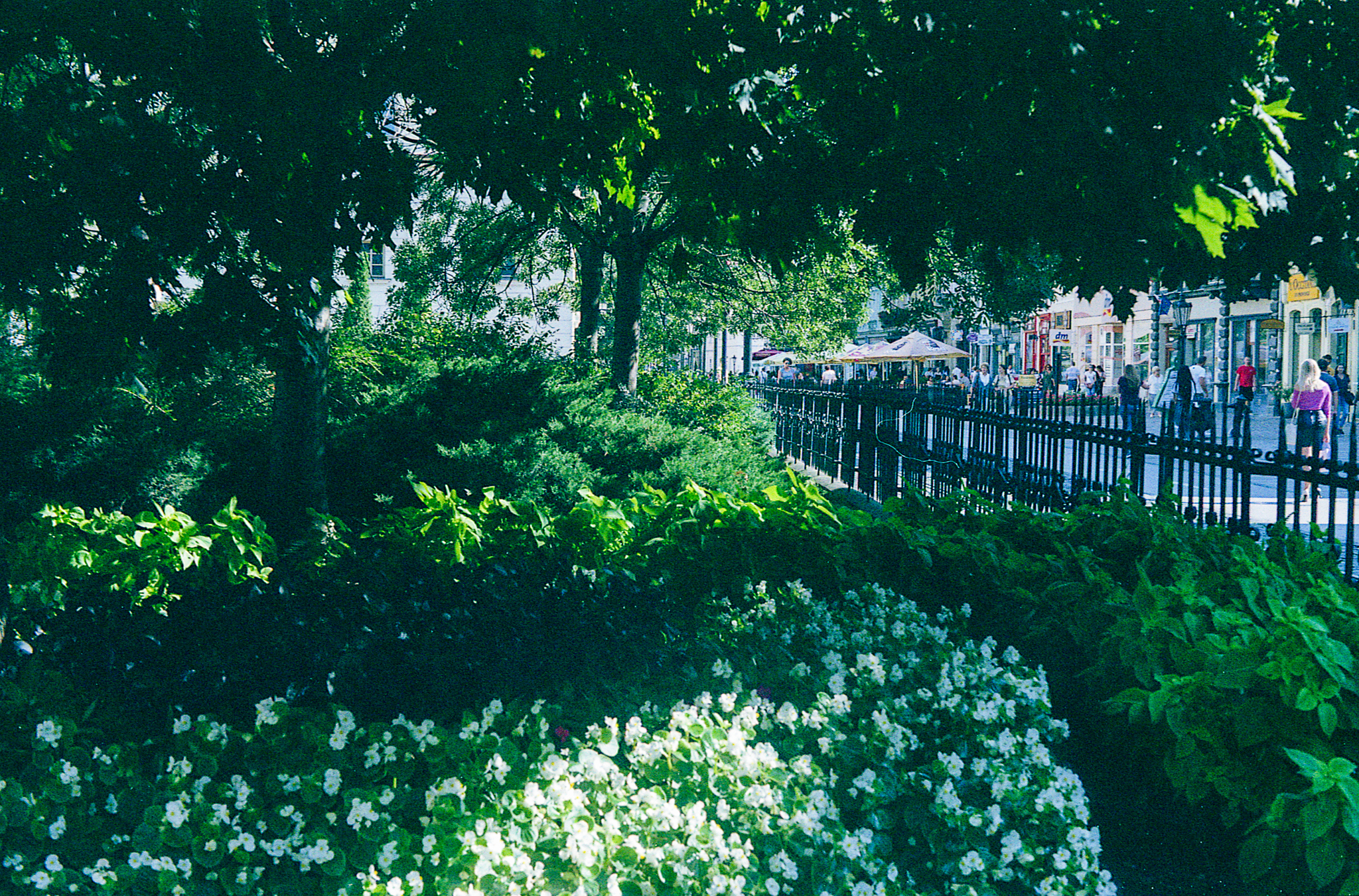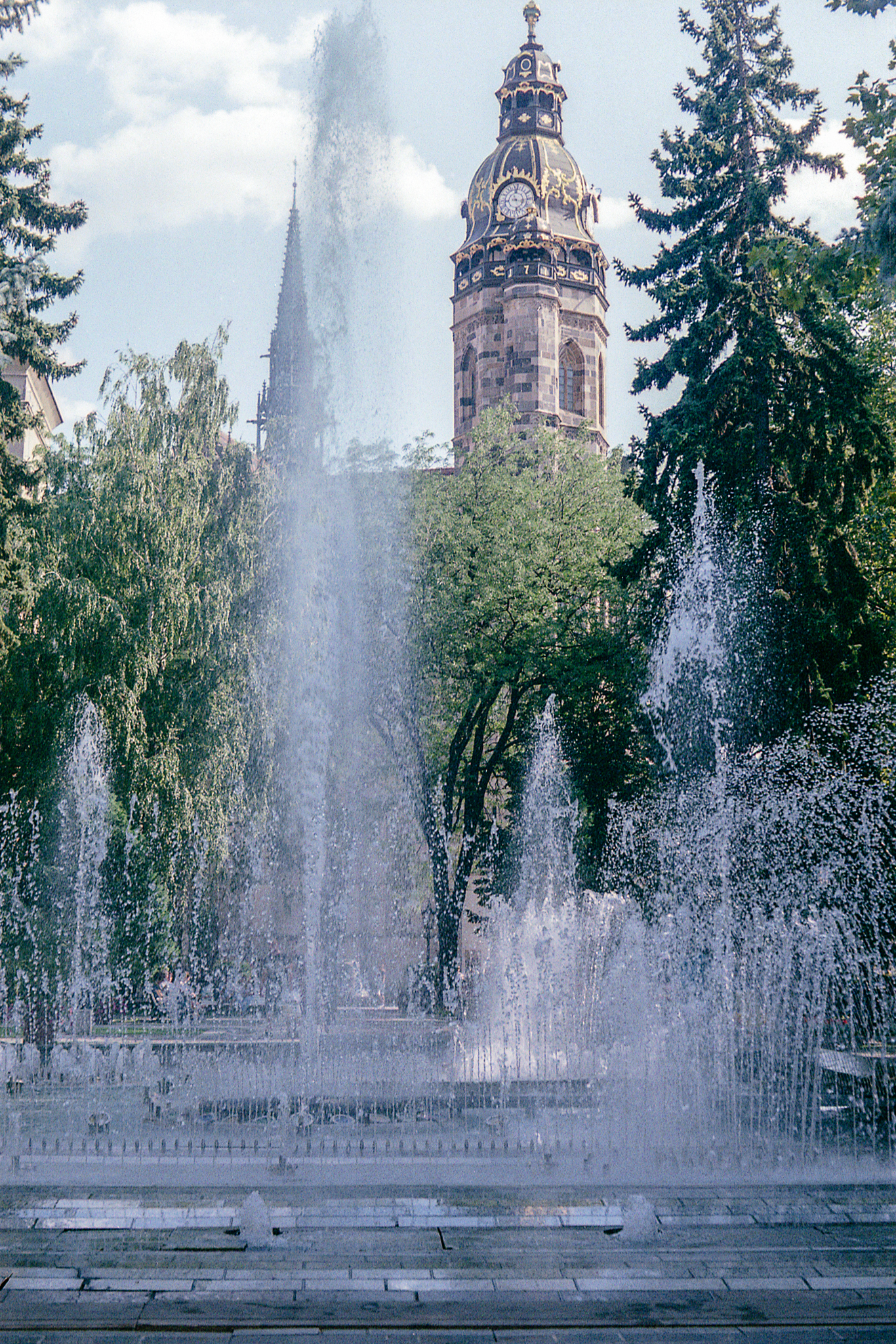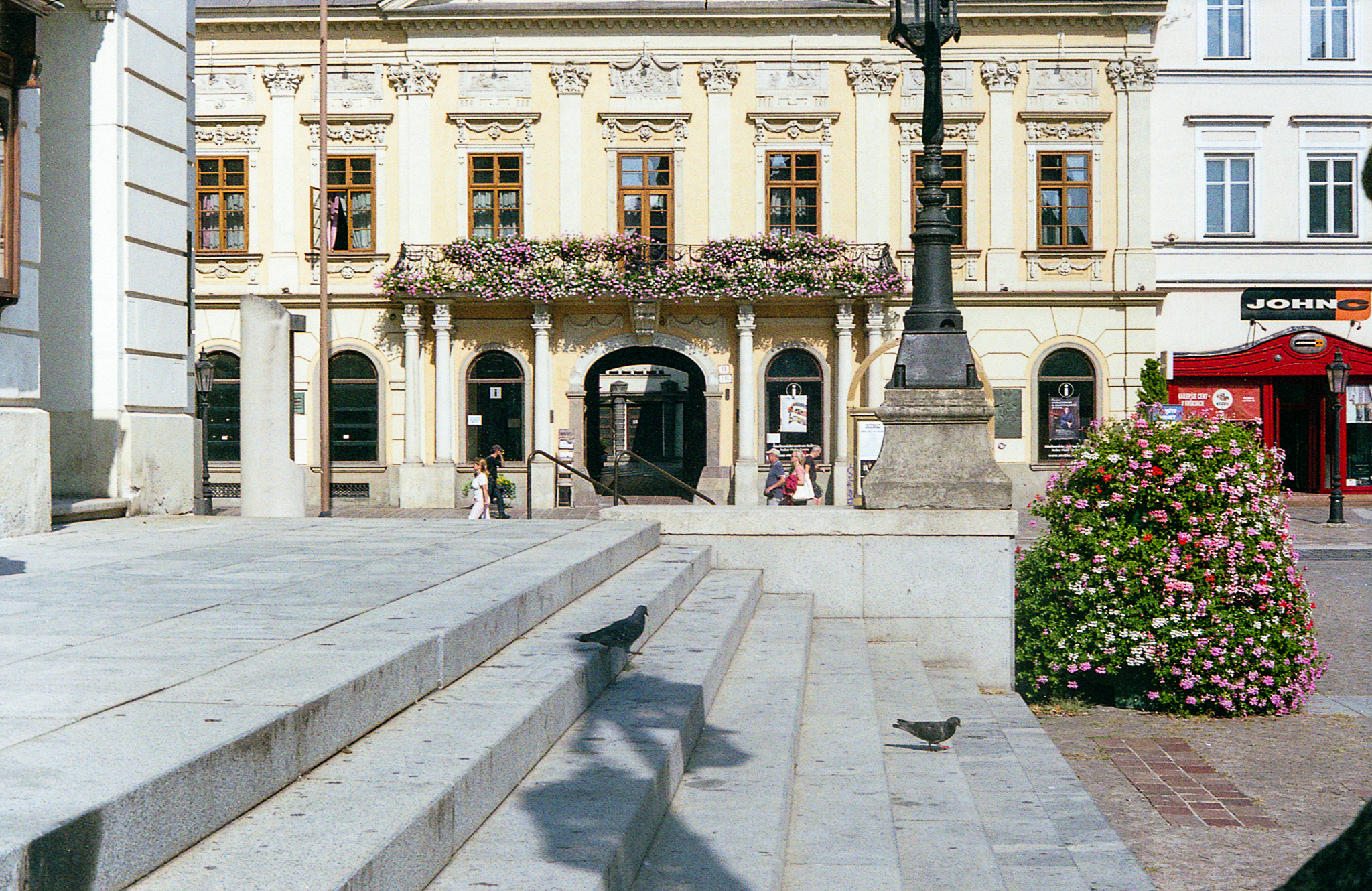 The Zorki was originally a copy of the FED rangefinder, which was itself a copy of the pre-war Leica II. During WWII, the city of Kharkiv in Ukraine was captured by the Germans and the FED engineers and tools that were based there were moved to the KMZ factory in Krasnogorsk. The first Zorkis were marked FED-Zorki and, once Kharkiv had been recaptured and the FED factory was up and running again, the KMZ factory continued to produce and develop various models of the Zorki until 1978 in order to meet the demand for cheap 35mm cameras.
The Zorki was originally a copy of the FED rangefinder, which was itself a copy of the pre-war Leica II. During WWII, the city of Kharkiv in Ukraine was captured by the Germans and the FED engineers and tools that were based there were moved to the KMZ factory in Krasnogorsk. The first Zorkis were marked FED-Zorki and, once Kharkiv had been recaptured and the FED factory was up and running again, the KMZ factory continued to produce and develop various models of the Zorki until 1978 in order to meet the demand for cheap 35mm cameras.
Mine is a 2S from 1958, it is an update from the original Zorki in that it has a self timer, strap lugs and a slightly improved rewind mechanism. The S also means that it has flash sync. Mechanically, it’s almost identical to the original Zorki and contemporary FEDs. Comparing it side-by-side with a FED 2 shows the common heritage of the cameras very clearly, at a glance they look almost identical but there are some differences. The rangefinder hump on the Zorki is more pronounced (although both cameras are the same overall height), the FED has a diopter lever under the rewind knob and the Zorki has a flash-duration selector under the shutterspeed dial. The Zorki also has a much narrower rangefinder, this makes focusing a little less precise than on the FED, overall, the FED is about a centimetre longer than the Zorki and that extra length is used to good effect. Finally, the FED manages to achieve rangefinder and viewfinder in the same window, while the Zorki needs two separate windows for those functions.

In use the Zorki is what you would expect a no-frills Soviet rangefinder from the 1950s to be. There’s nolightmeter, the same limited range of shutterspeeds from 1/500-1/25th plus a B setting, a dim and not very sharp rangefinder window and nothing else. It’s also a bottom-loader, the same as the original Leica that it copied. That makes loading it a little more involved as you need to cut an extra long leader in the film before you can start to wind it on. I forgot that with the first roll I put through it and ended up with a completely blank roll that got tangled up and snapped when I tried to rewind it. The shutter feels spongy and imprecise although it opens and shuts cleanly without leaks. I don’t trust the longer speeds to be accurate however. The sample images below were mostly shot at f/8 or f/11 at 1/250s using ISO400 film. The camera uses the same shutter control design that was seen on FED and Zenit cameras, which means that you must only change the shutterspeed with the shutter cocked, otherwise the linkage pin can break and the camera is then permanently broken.
 The lens mount is the very common m39 thread, which means that a lot of Soviet rangefinder glass will fit as well as much more expensive Zeiss and Leica lenses. In my case, the camera came with aCZJ Tessar-derived Industar-50 50mm f/3.5 lens which is a poor example of an already not-very good lens. The lens is not very sharp as can be seen in the images below (remember I was mostly at f/8 or f/11 where you would imagine the lens would be maximally sharp) and a maximum f/3.5 aperture is not very fast even by the standards of contemporary Soviet lenses. Most of the m39 50mm glass was able to open up to f/2.8 at least. On my lens as well, the aperture ring is very loose and can be easily turned accidentally while focusing, there are no click-stops for each aperture setting. Luckily I have a fairly large selection of m39 lenses at that focal length to sub in for it.
The lens mount is the very common m39 thread, which means that a lot of Soviet rangefinder glass will fit as well as much more expensive Zeiss and Leica lenses. In my case, the camera came with aCZJ Tessar-derived Industar-50 50mm f/3.5 lens which is a poor example of an already not-very good lens. The lens is not very sharp as can be seen in the images below (remember I was mostly at f/8 or f/11 where you would imagine the lens would be maximally sharp) and a maximum f/3.5 aperture is not very fast even by the standards of contemporary Soviet lenses. Most of the m39 50mm glass was able to open up to f/2.8 at least. On my lens as well, the aperture ring is very loose and can be easily turned accidentally while focusing, there are no click-stops for each aperture setting. Luckily I have a fairly large selection of m39 lenses at that focal length to sub in for it.
In all, it works exactly as expected, it’s not as nice as a Kiev rangefinder or even a FED, but it is marginally smaller if that happens to be a priority. The horizontal cloth shutter is the same design as seen on practically every other Soviet rangefinder or SLR (with the exception of Kievs) which means that the same failure conditions apply and the same fixes can be used to remedy them. There are millions of Zorkis floating around as they were exported quite widely, and only the Zenit range of SLRs (also a product of the KMZ factory) was produced in greater numbers.

